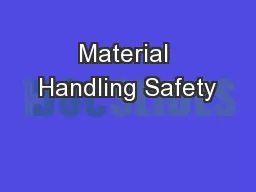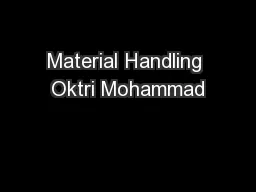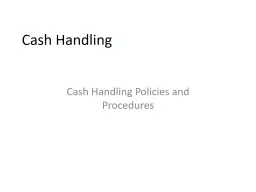PPT-Chapter # 05 Material Handling
Author : elizabeth | Published Date : 2023-09-21
Presented to Dr Haris Group Members Muhammad Hassan Sarfraz 11IE47 Muhammad Zameer 11IE49 Faisal Hafeez 11IE54 01102014 Material handling Definition Material
Presentation Embed Code
Download Presentation
Download Presentation The PPT/PDF document "Chapter # 05 Material Handling" is the property of its rightful owner. Permission is granted to download and print the materials on this website for personal, non-commercial use only, and to display it on your personal computer provided you do not modify the materials and that you retain all copyright notices contained in the materials. By downloading content from our website, you accept the terms of this agreement.
Chapter # 05 Material Handling: Transcript
Download Rules Of Document
"Chapter # 05 Material Handling"The content belongs to its owner. You may download and print it for personal use, without modification, and keep all copyright notices. By downloading, you agree to these terms.
Related Documents


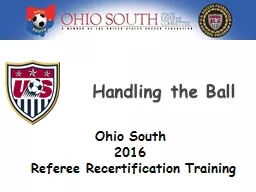
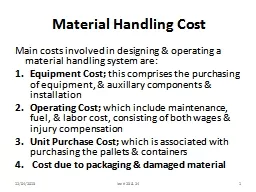

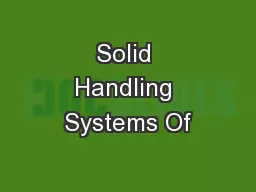


![Material Handling This material was produced under grant [SH22236SH1]from the Occupational](https://thumbs.docslides.com/668343/material-handling-this-material-was-produced-under-grant-sh22236sh1-from-the-occupational-safety-a.jpg)

